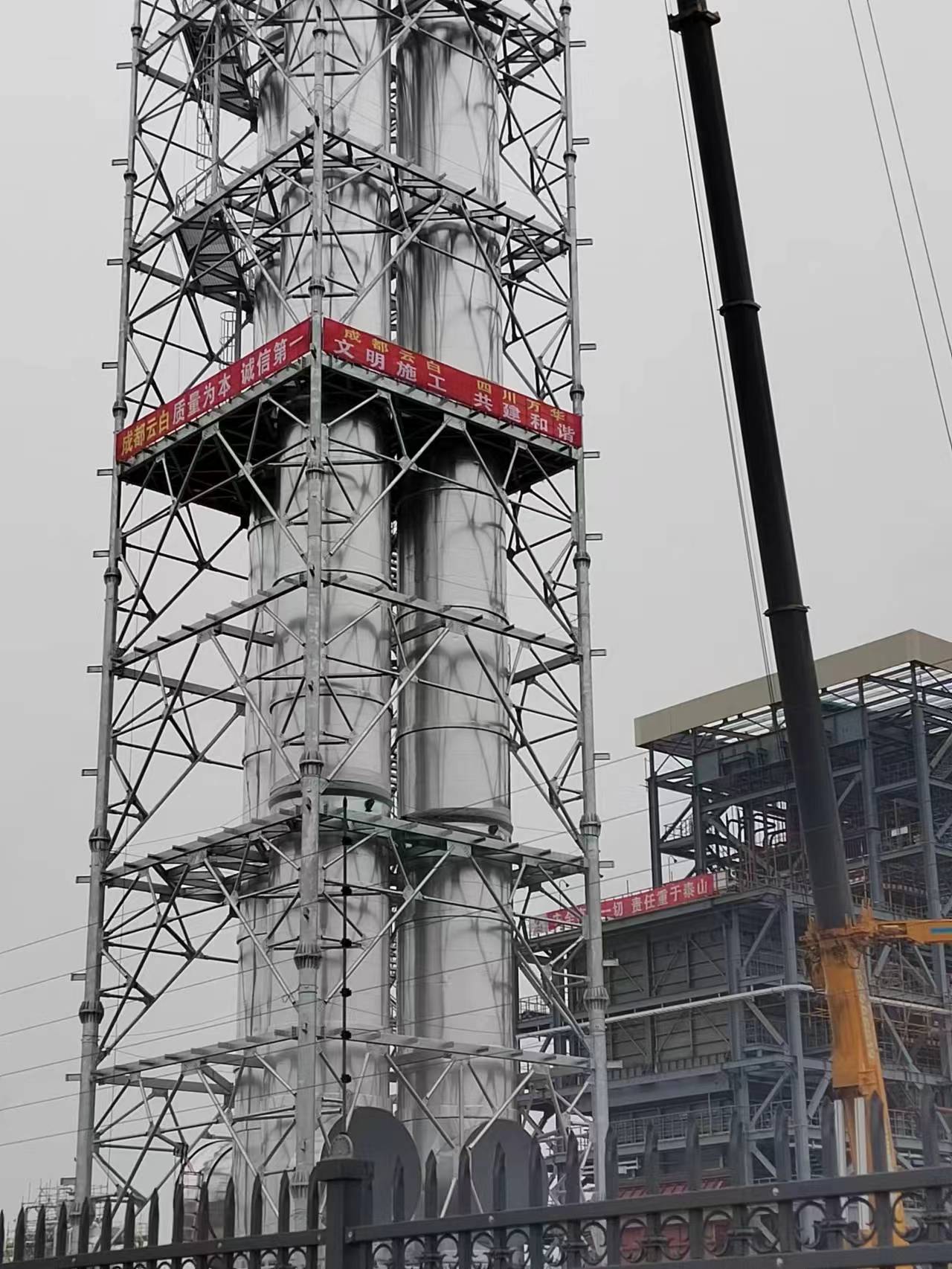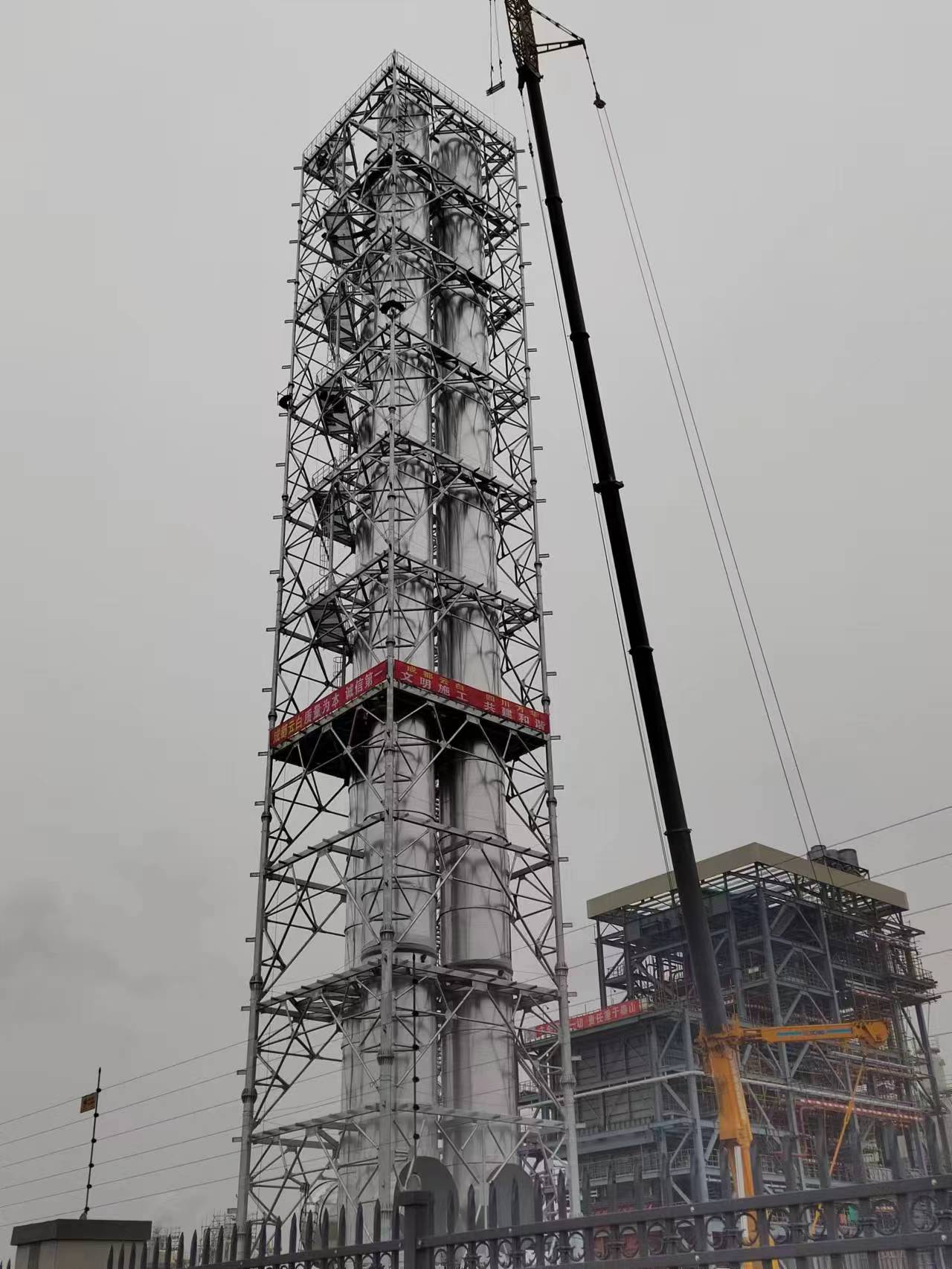PRODUCT CATEGORIES
-
 power plant stacks chimney
power plant stacks chimney
-
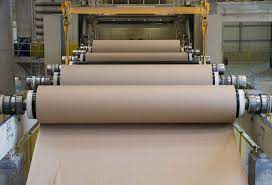 Pulp & Paper stacks chimneys
Pulp & Paper stacks chimneys
-
 Petrochemicals stacks chimneys
Petrochemicals stacks chimneys
-
 Chemicals Refinery stacks chimneys
Chemicals Refinery stacks chimneys
-
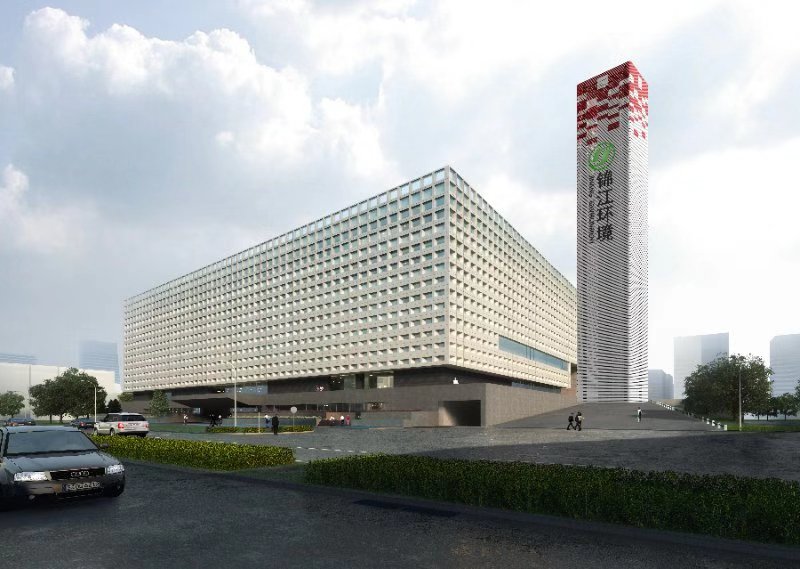 Reclining industry stacks chimneys
Reclining industry stacks chimneys
-
 Food & Beverage stacks chimneys
Food & Beverage stacks chimneys
-
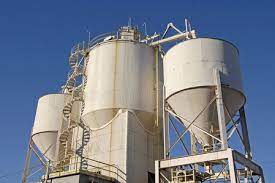 Cement & Lime stacks chimneys
Cement & Lime stacks chimneys
-
 Mining & Minerals stacks chimneys
Mining & Minerals stacks chimneys
-
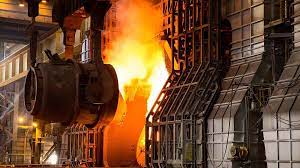 Steel & Metal stacks chimneys
Steel & Metal stacks chimneys
-
 Chimney stacks Decoration
Chimney stacks Decoration
-
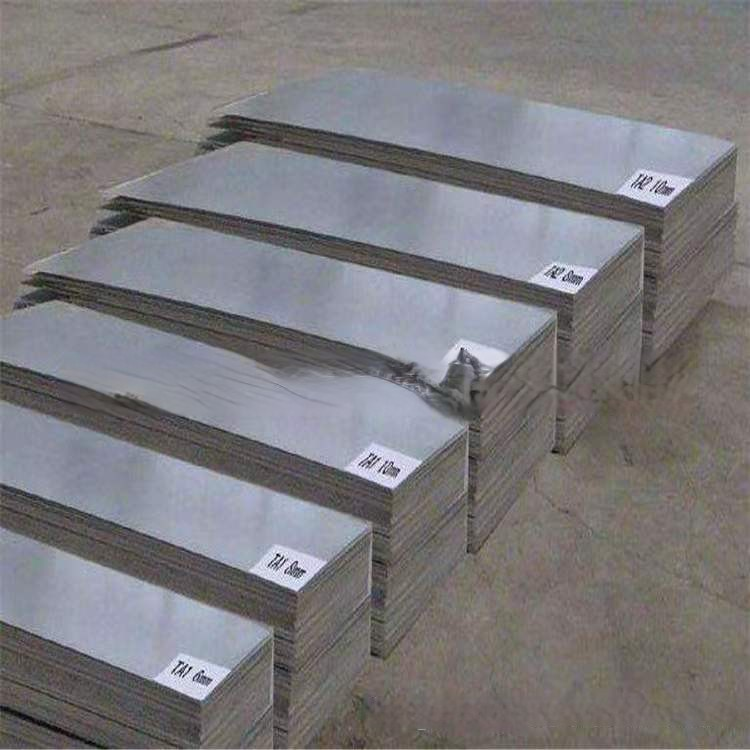 Thin Wall Titanium Clad Steel Plate
Thin Wall Titanium Clad Steel Plate
-
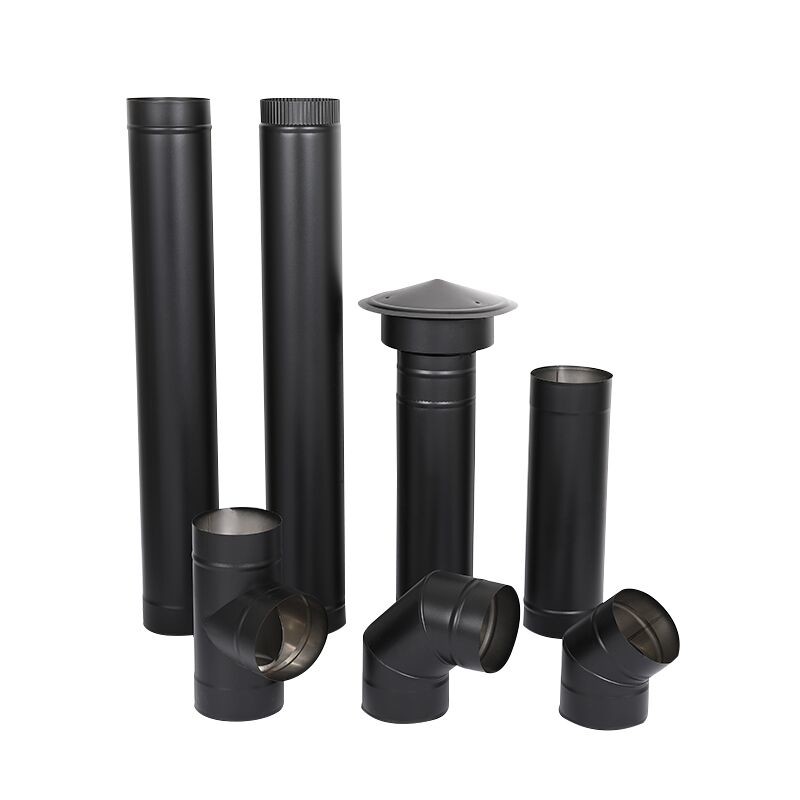 Stove Fireplace Chimney
Stove Fireplace Chimney
-
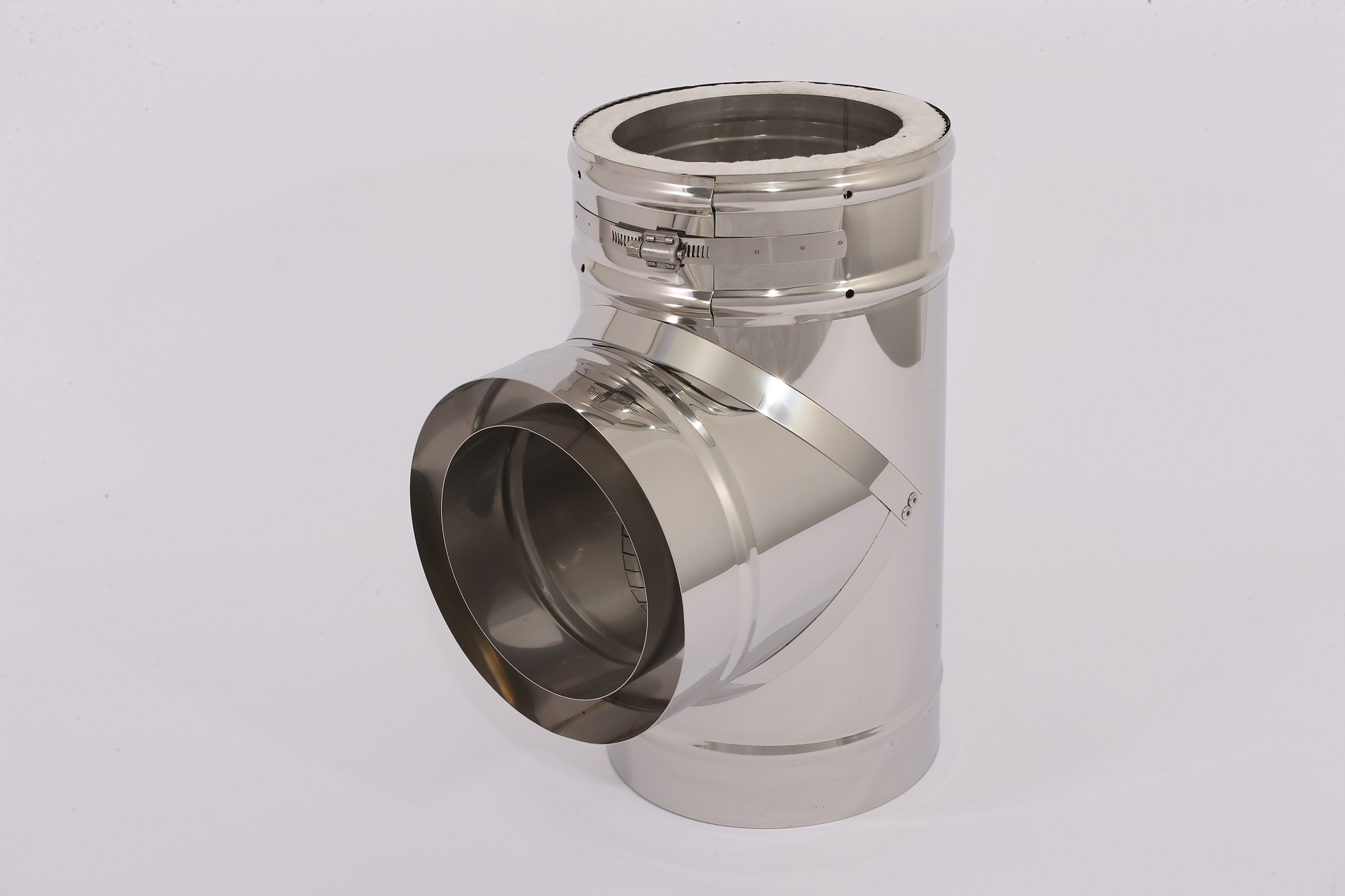 Chimney stacks accessories
Chimney stacks accessories
LATEST NEWS
CONTACT US
Tel:+86 (028)-62561606
Fax :+86 (028)-62561733
Mobile:+86 15881040688
Email: [email protected]
Whatsapp: +86 15881040688
Best Practices for Protecting Steel Chimneys from Corrosion: A Comprehensive Guide
**Best Practices for Protecting Steel Chimneys from Corrosion: A Comprehensive Guide**
When embarking on construction or updating their industrial facilities, many business owners find their existing chimneys insufficient for current production needs. This has led to a significant shift towards steel chimneys, which are now preferred over traditional brick and concrete ones. However, a pressing question arises: how do we prevent corrosion in these steel chimneys?
Addressing this widespread concern, YB chimney delves into the various strategies for safeguarding steel chimneys against corrosion. This guide aims to illuminate the different corrosion protection techniques and their effectiveness, steering clear of deceptive practices that could inflate costs without delivering meaningful benefits.
Tower-type chimneys, in comparison to their standalone counterparts, offer enhanced stability, visual appeal, and safety. To maximize their potential, understanding the available corrosion protection options is crucial. These can broadly be categorized into five methods: weathering steel, hot-dip galvanizing, thermal spraying with aluminum or zinc, painting, and cathodic protection. Each method is explored below:
**Weathering Steel:**
This technique involves adding corrosion-resistant elements to steel, creating a surface layer that defends the metal against corrosion. It also improves the steel's impact toughness at low temperatures. Weathering steel is specified under the "Weathering Steel for Welded Structures" standard (GB4172-84). Certain tower chimneys might use carbon steel for additional corrosion resistance.
**Hot-Dip Galvanizing:**
This process coats steel surfaces with zinc, a metal less susceptible to oxidation, providing a protective barrier. Steel parts, once derusted, are dipped into molten zinc at approximately 600°C, forming a zinc coating. The zinc layer should be at least 65μm thick for plates under 5mm and 86μm for thicker plates. This method is known for its durability and is ideal for steel structures exposed to atmospheric elements, including power towers, industrial chimneys, and communication towers.
Design considerations are crucial to avoid issues during the galvanizing process, such as the trapping of pickling liquid. Additionally, tubular components should have open ends to prevent pressure build-up and potential hazards.
**Thermal Spraying of Aluminum or Zinc:**
Comparable in durability to galvanizing, this method involves sandblasting the steel surface, then applying melted aluminum or zinc wire with compressed air, creating a coating. The coating is then sealed with epoxy or neoprene paint. While adaptable to various component sizes, this technique requires meticulous execution and is not suitable for internal surfaces of tubular structures.
**Paint Coating:**
A more cost-effective method, painting with marine or industrial anti-corrosion paints provides a temporary barrier against corrosion. This approach is best for structures with lower corrosion risk or in less aggressive environments. Regular maintenance, however, can be cost-prohibitive over time.
**Cathodic Protection:**
Used primarily for submerged or buried steel structures, this method reduces corrosion by making the protected metal the cathode of an electrochemical cell. It is less relevant for tower-type chimneys due to its specific application conditions.
In conclusion, the best corrosion protection strategies for tower-type industrial chimneys are hot-dip galvanizing and thermal spraying with aluminum or zinc. These methods offer a balance of durability and reliability. Selecting a dependable manufacturer for both construction and corrosion protection is vital to ensure the longevity and safety of the chimney, safeguarding your investment and operational efficiency.
